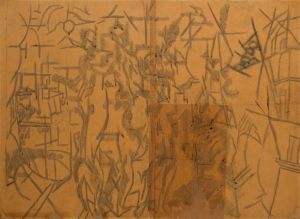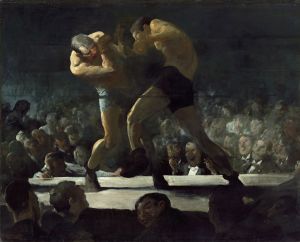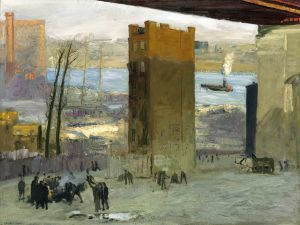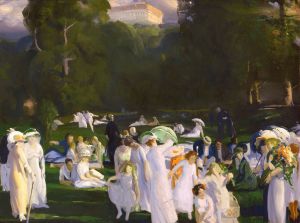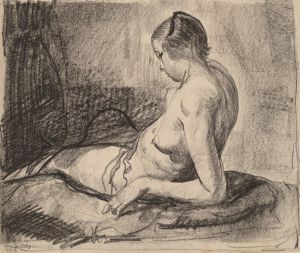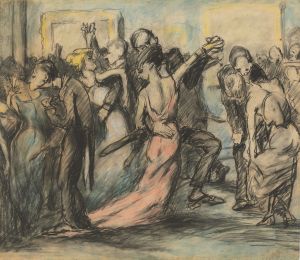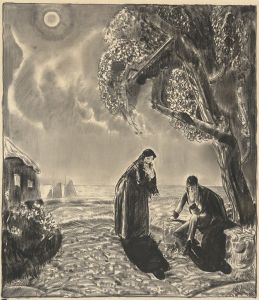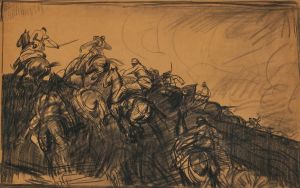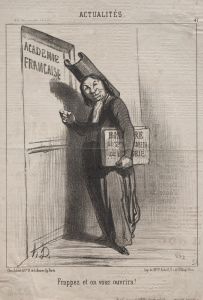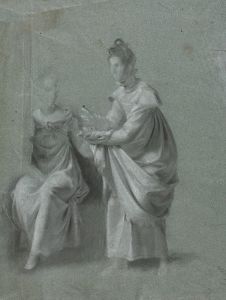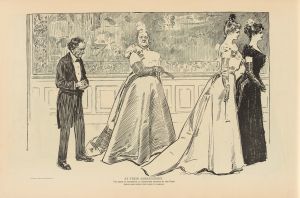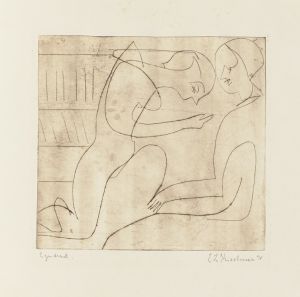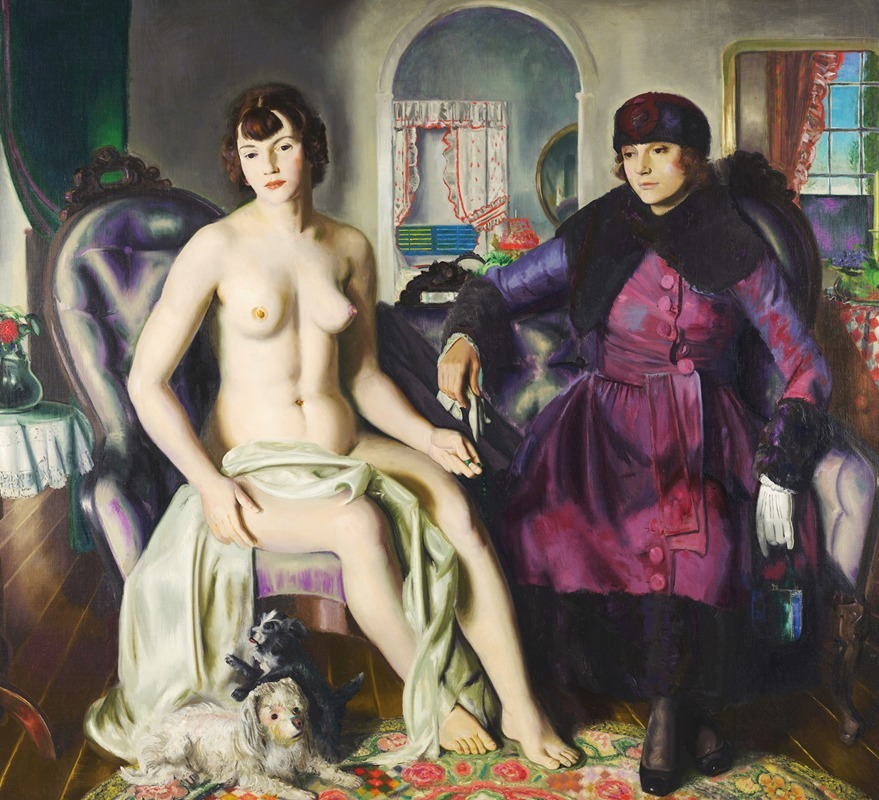
Two Women
A hand-painted replica of George Wesley Bellows’s masterpiece Two Women, meticulously crafted by professional artists to capture the true essence of the original. Each piece is created with museum-quality canvas and rare mineral pigments, carefully painted by experienced artists with delicate brushstrokes and rich, layered colors to perfectly recreate the texture of the original artwork. Unlike machine-printed reproductions, this hand-painted version brings the painting to life, infused with the artist’s emotions and skill in every stroke. Whether for personal collection or home decoration, it instantly elevates the artistic atmosphere of any space.
George Wesley Bellows (1882–1925) was an American realist painter known for his dynamic depictions of urban life, portraits, and landscapes. Among his works is the painting Two Women, created in 1924. This artwork is a striking example of Bellows' later style, which often focused on portraiture and the human figure.
Two Women portrays two seated female figures, one older and one younger, in a domestic interior. The painting is notable for its psychological depth and the intimate connection between the subjects. Bellows employed a muted color palette and loose brushwork, emphasizing the emotional resonance of the scene rather than strict realism. The composition draws attention to the relationship between the two women, though their identities remain unspecified. The work reflects Bellows' interest in exploring human relationships and the subtleties of expression and posture.
This painting was created during the final years of Bellows' life, a period when he shifted his focus from the bustling urban scenes of his earlier career to more introspective and personal subjects. Two Women exemplifies his mastery of capturing mood and character, showcasing his evolution as an artist.
The painting is part of the collection of the Whitney Museum of American Art in New York City. It continues to be studied and appreciated for its artistic and emotional qualities, as well as its place within Bellows' broader body of work.





